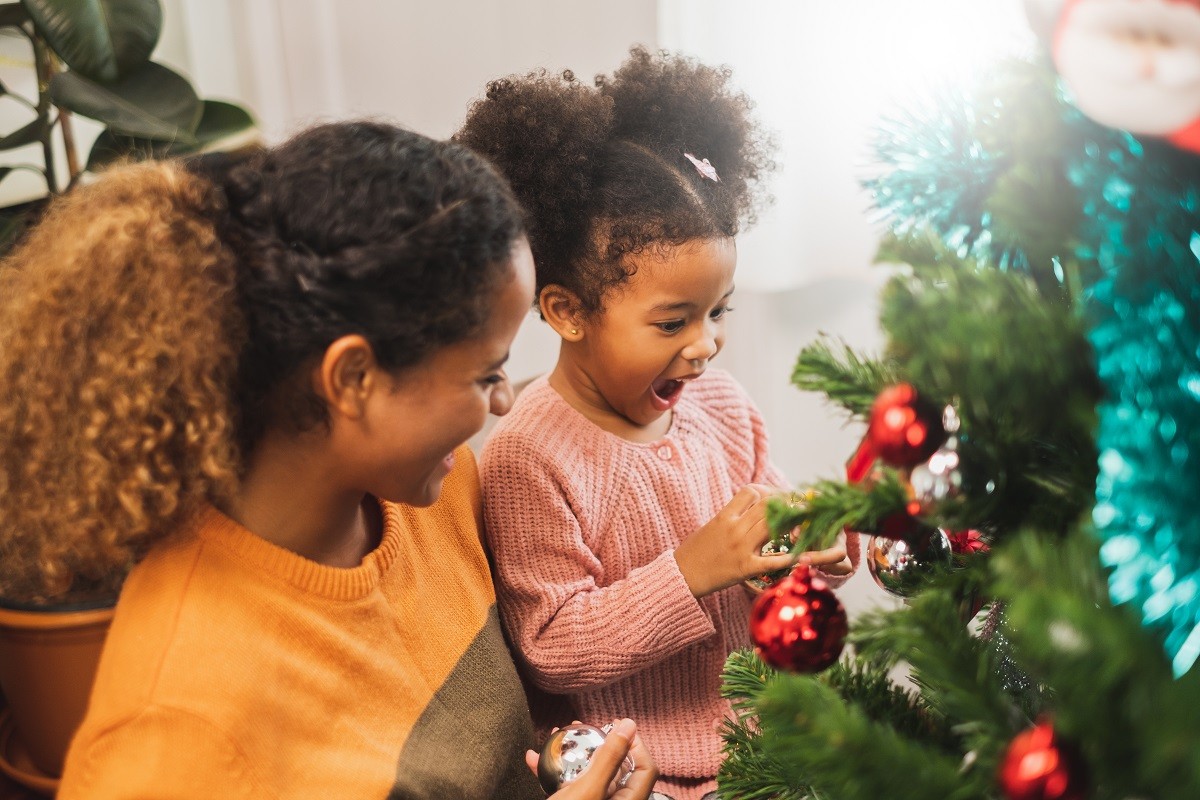
Top 12 Holiday Decorating Tips to Make Your Season Merry and Safe
The winter holidays are here! Before you begin your celebrations (if you haven’t already), here are 12 holiday decorating tips you need to know that

The winter holidays are here! Before you begin your celebrations (if you haven’t already), here are 12 holiday decorating tips you need to know that
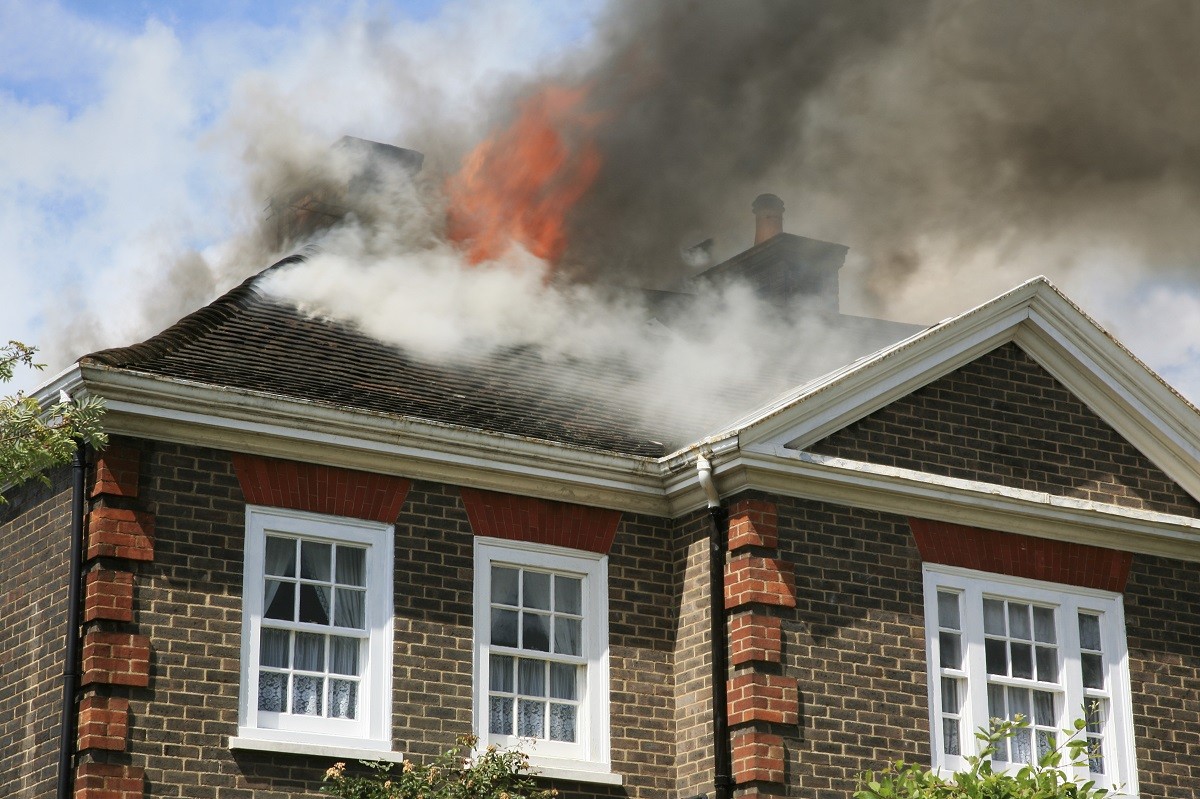
In the unfortunate event of a home fire, you may have less than two minutes to escape your home safely from the time your smoke
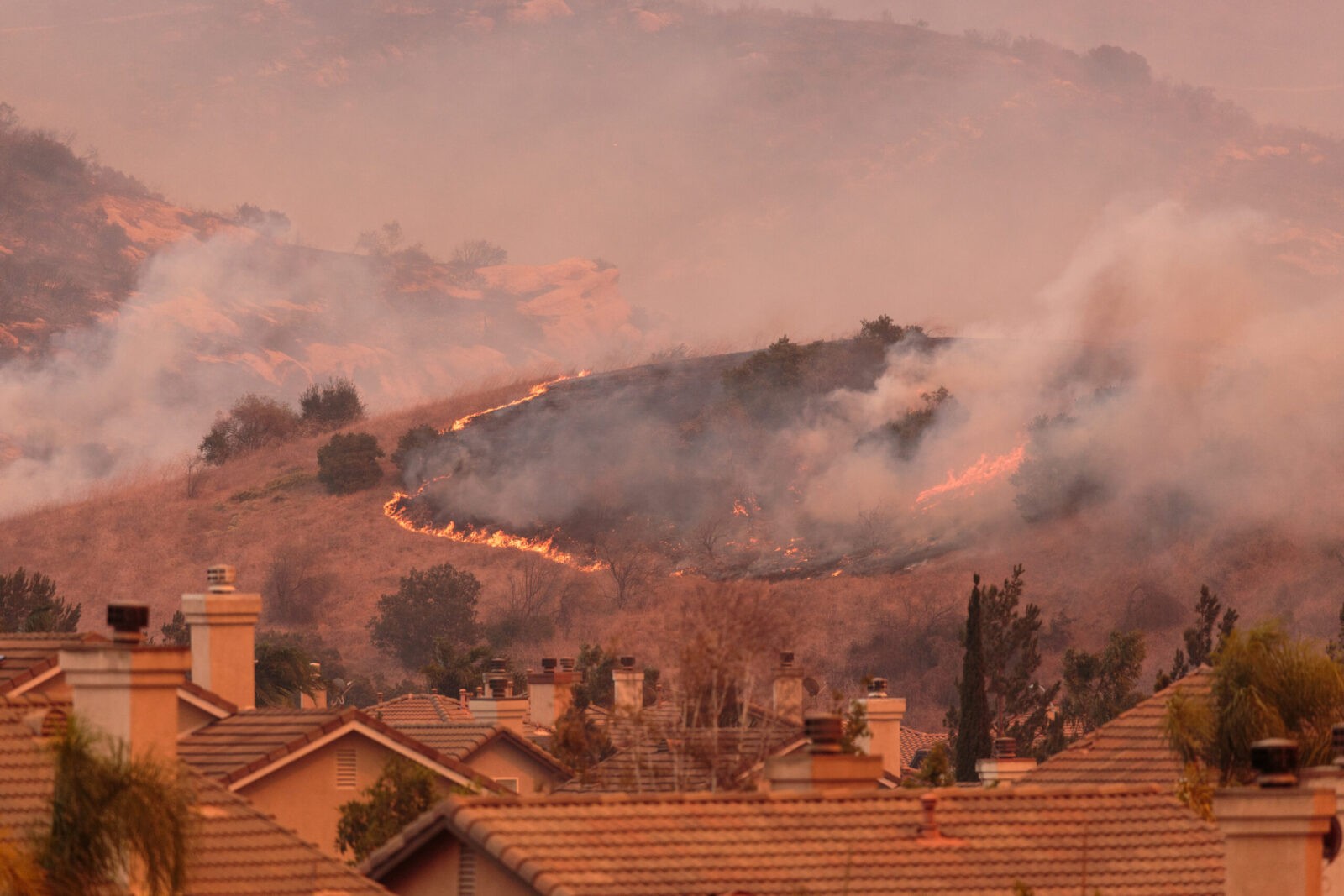
This summer, Canadian wildfire smoke spread across the U.S. and engulfed more than a third of our country’s population. While this may have been an
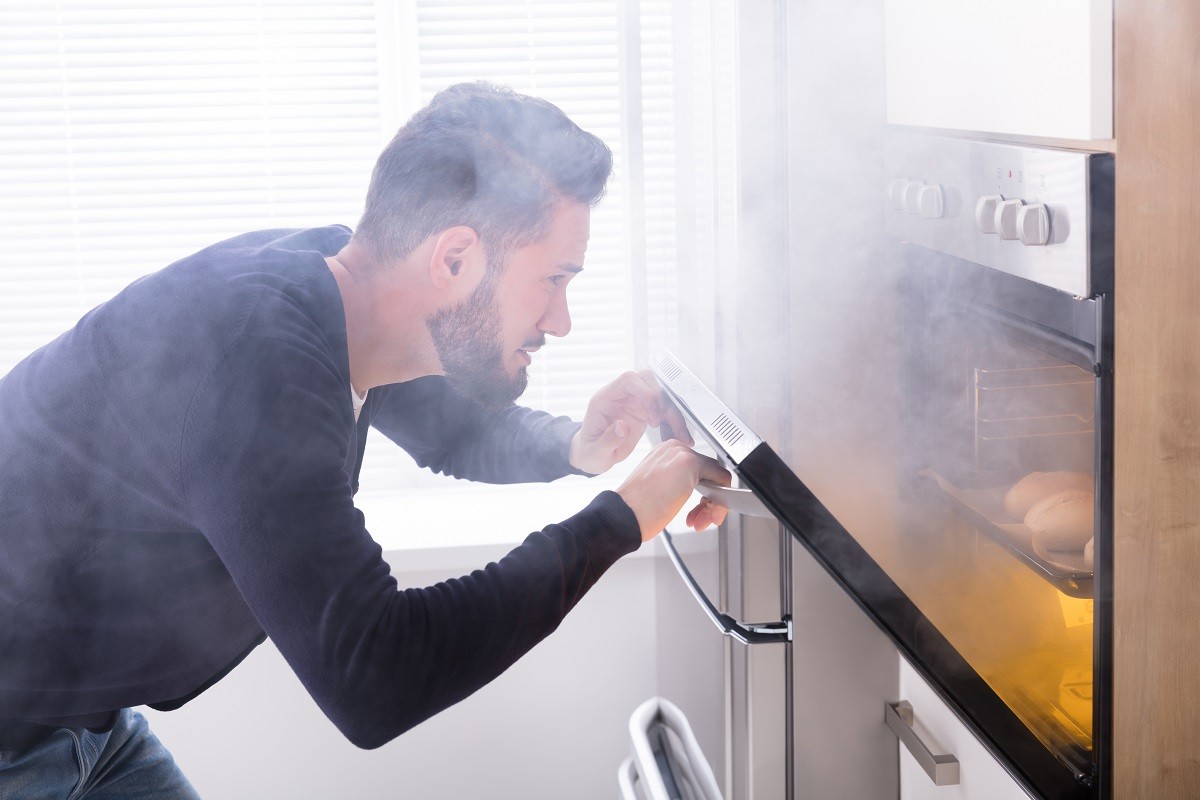
Cooking is the number one cause of home fires and home fire injuries, and the second leading cause of home fire deaths. Since most cooking fires happen
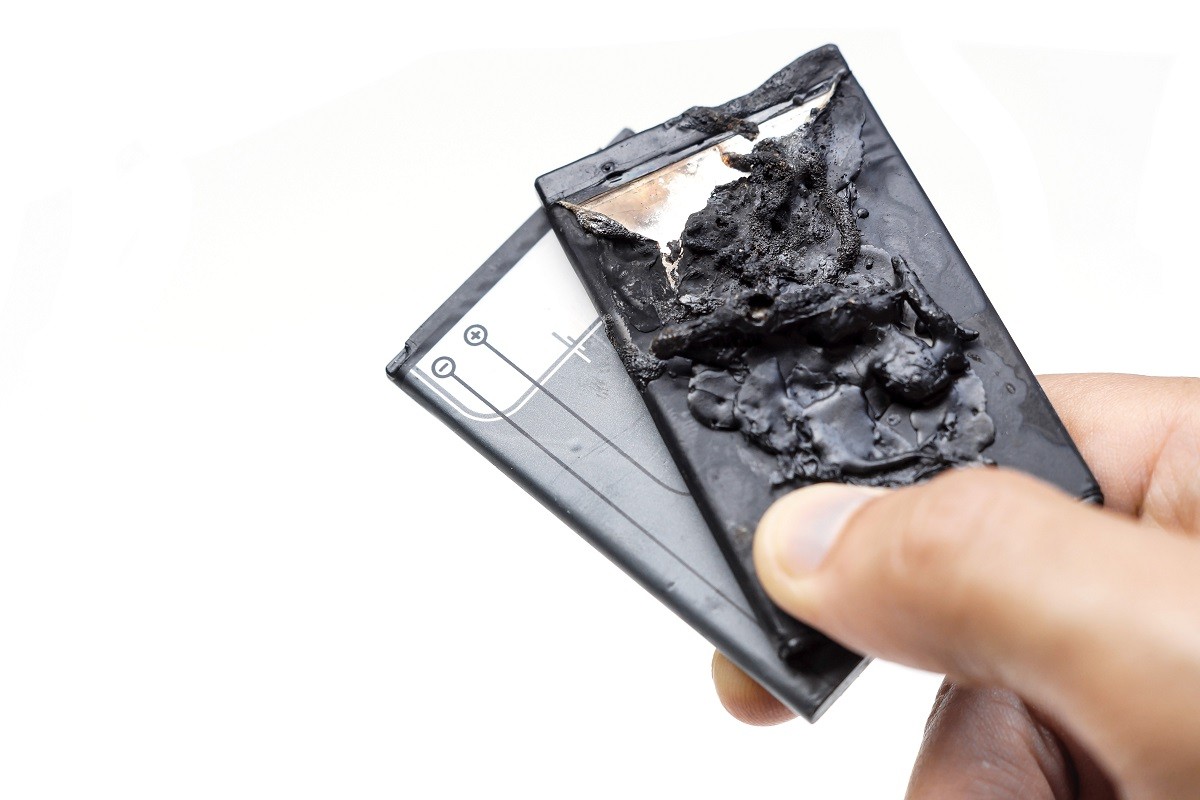
Pete and his family say the pictures of their destroyed Illinois home don’t do the damage justice. At one a.m., on a night like any
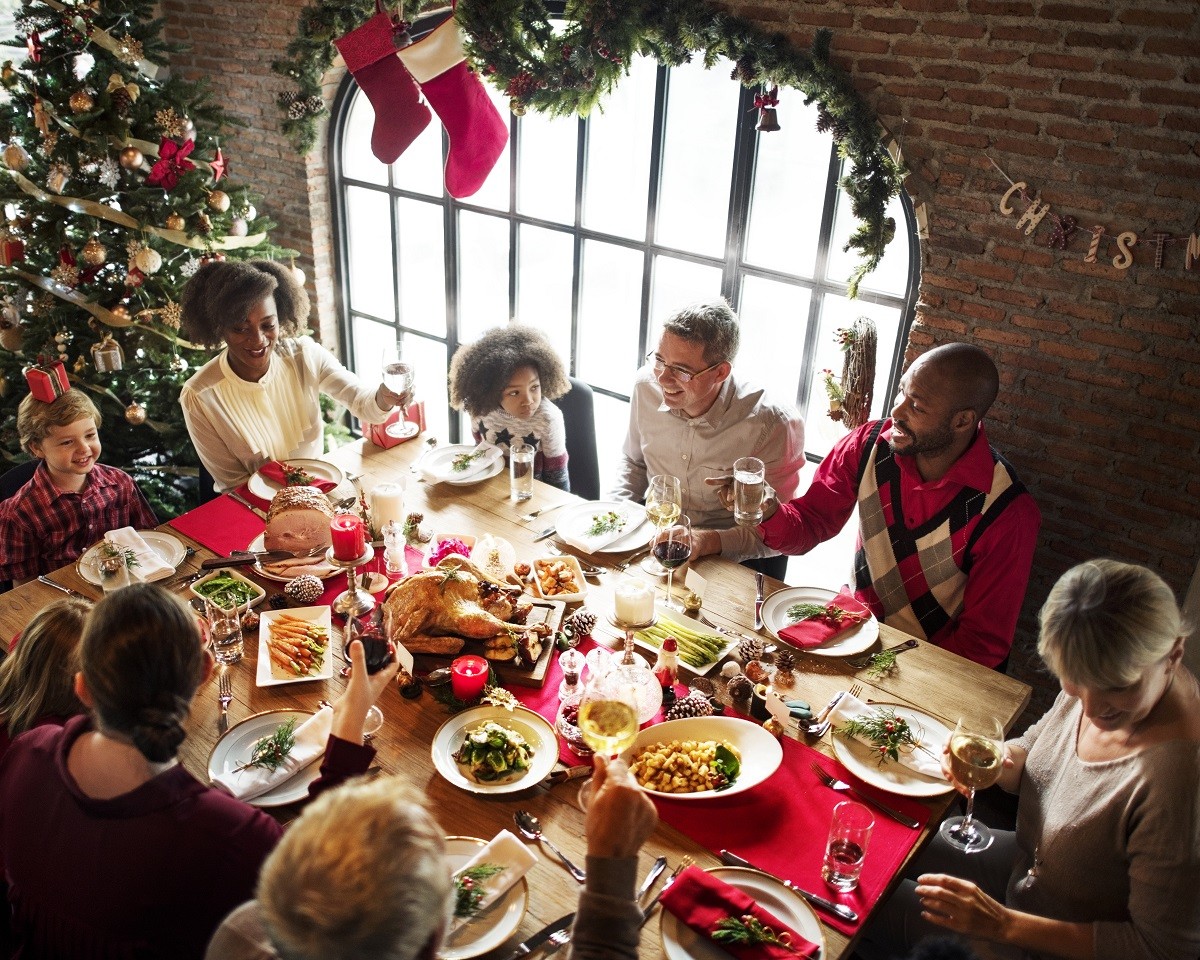
How do you spend your holidays? If you said “hosting family,” then you’ll need to get your home ready for your holly-est and jolliest family
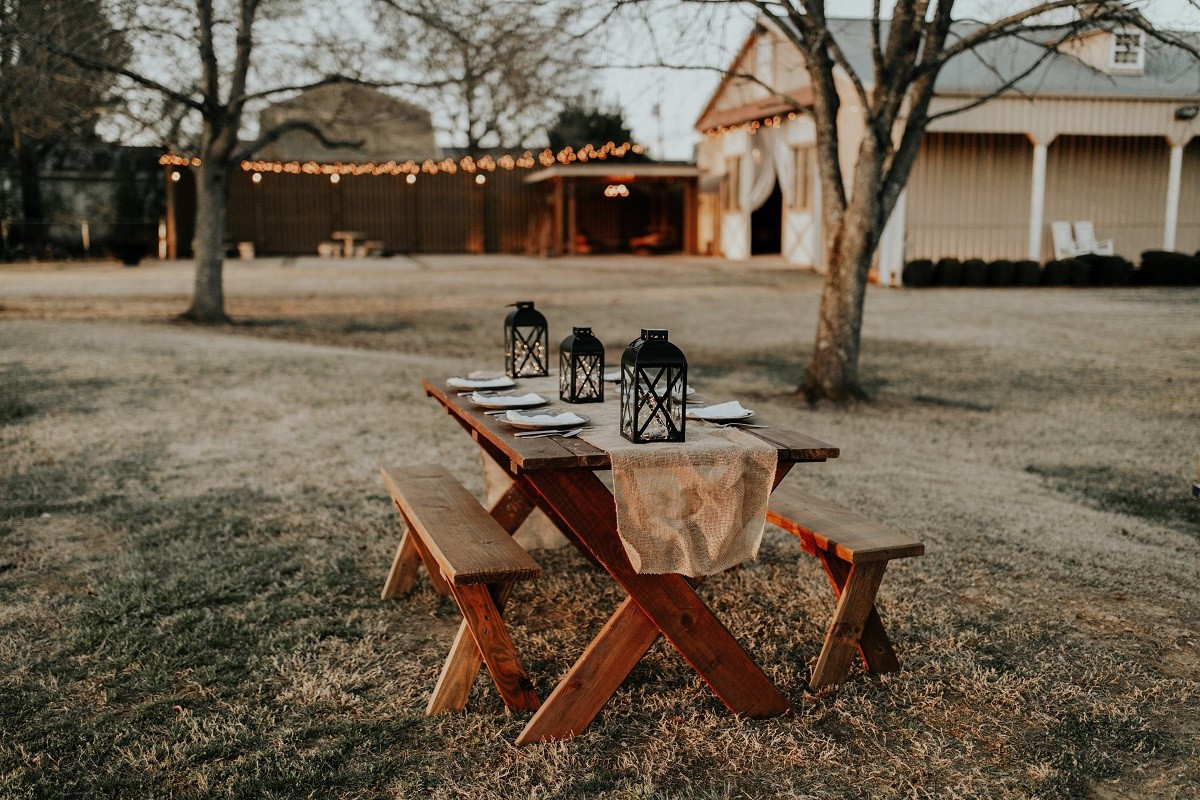
Cooking fires are the number one cause of home fires and injuries in the United States. Fire departments respond to an average of 158,400 cooking fires
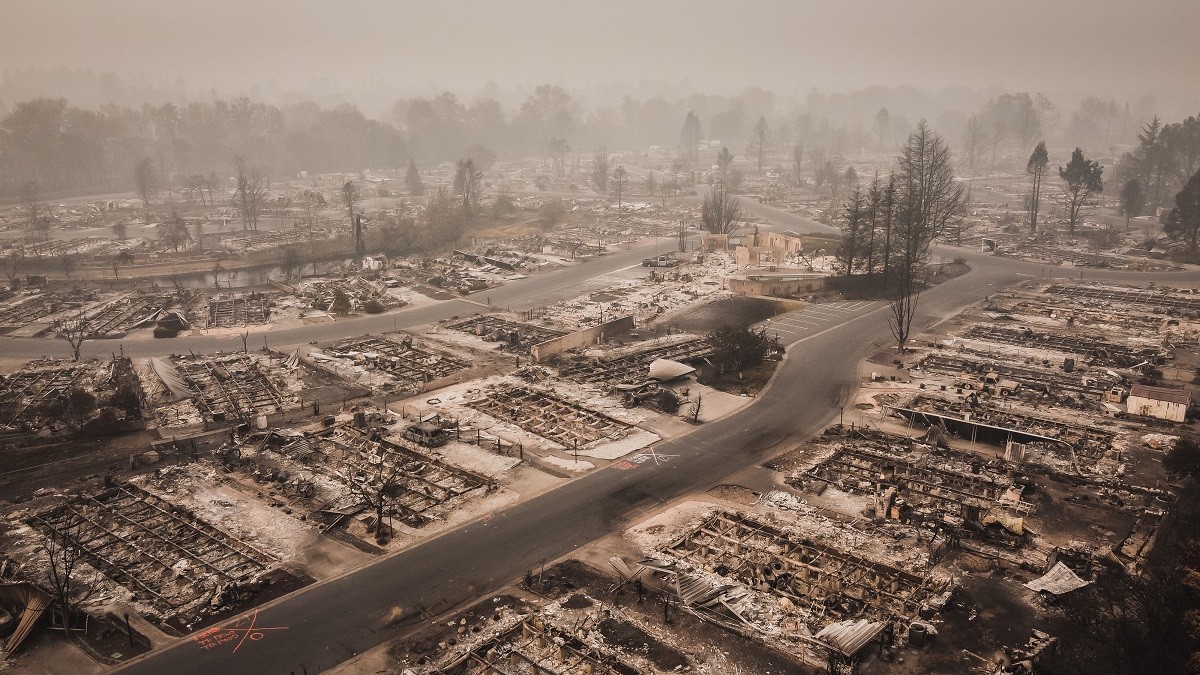
Wildfires continue to threaten many U.S. communities. At the very end of 2021, more than 1,000 homes were destroyed in Boulder County, Colorado, totaling more
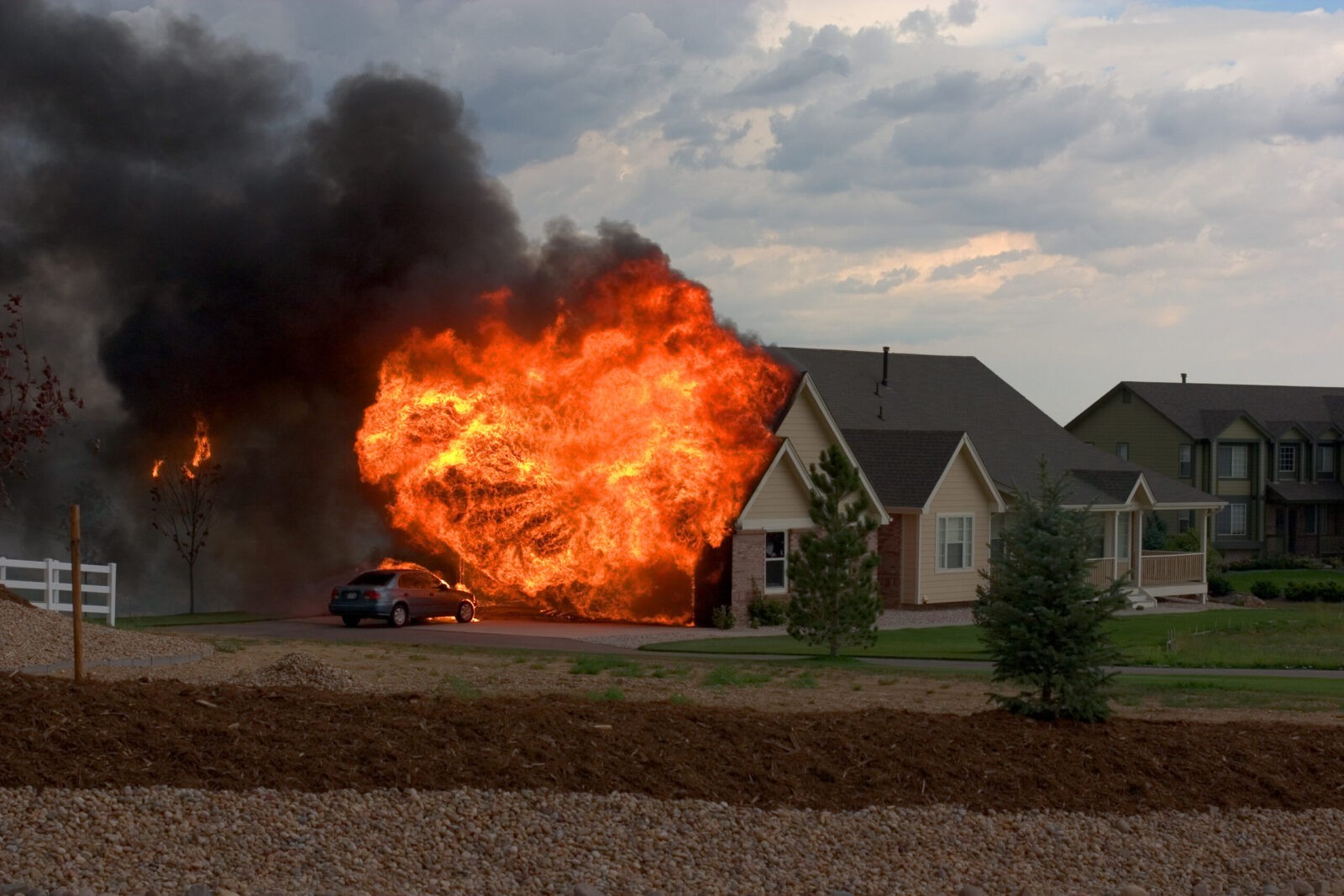
Home fires happen, and a startling number of them can be prevented. We know what you’re thinking – “It won’t happen to me” – but
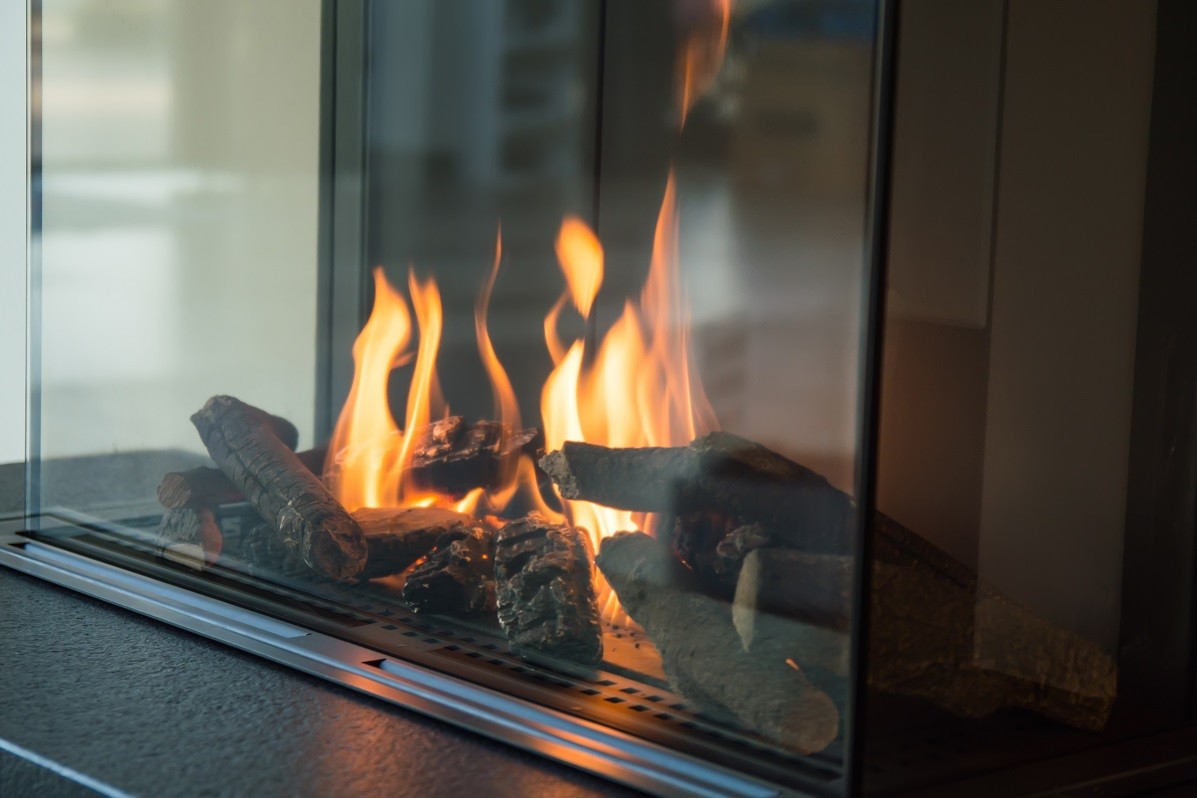
Nothing warms you up on a cold winter’s night quite like a fireplace. Though gas fireplaces have become safer in the last 20 years with
Copyright 2025 vipHomeLink Holdings, Inc. – All Rights Reserved | Patents Pending